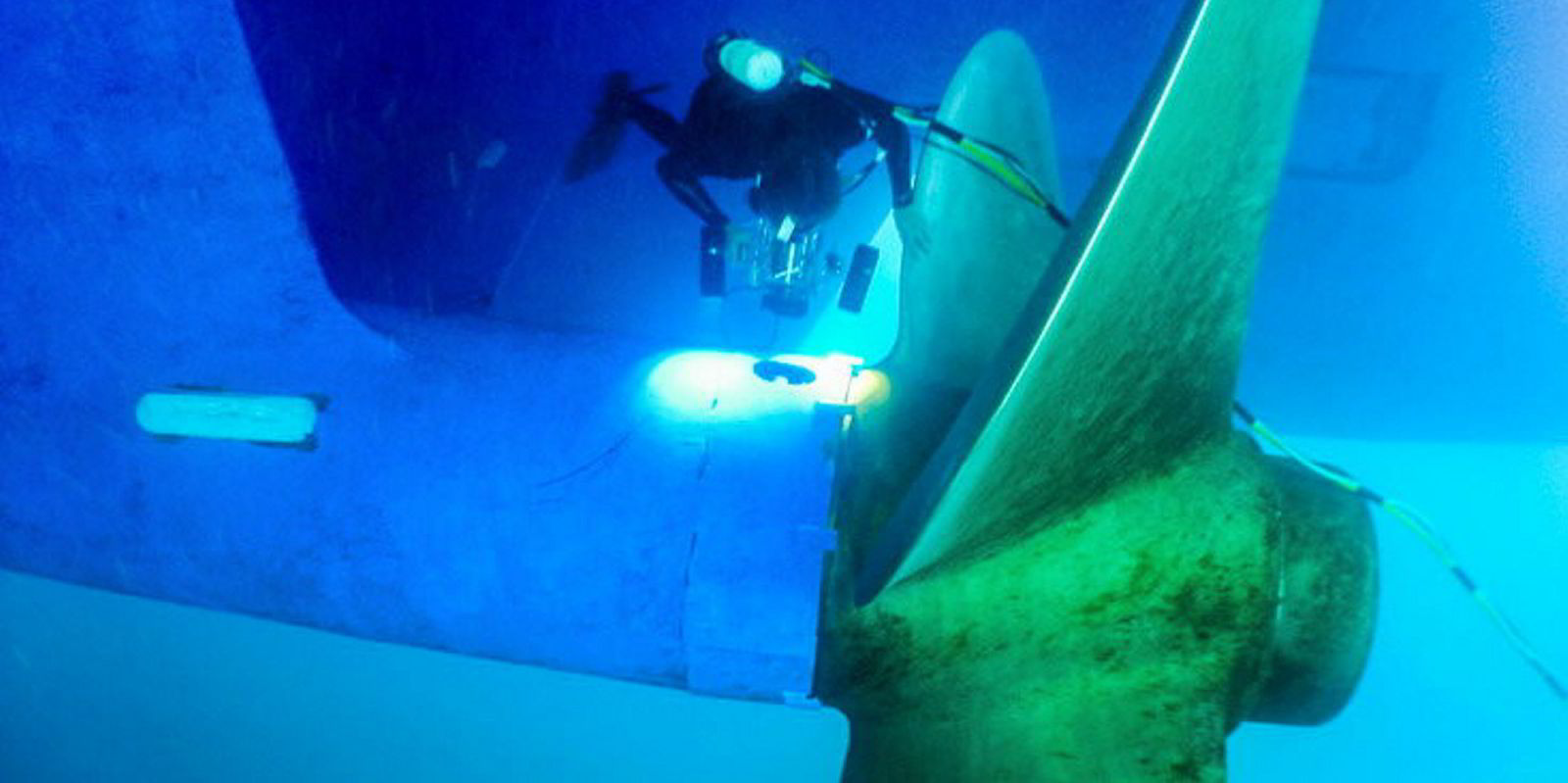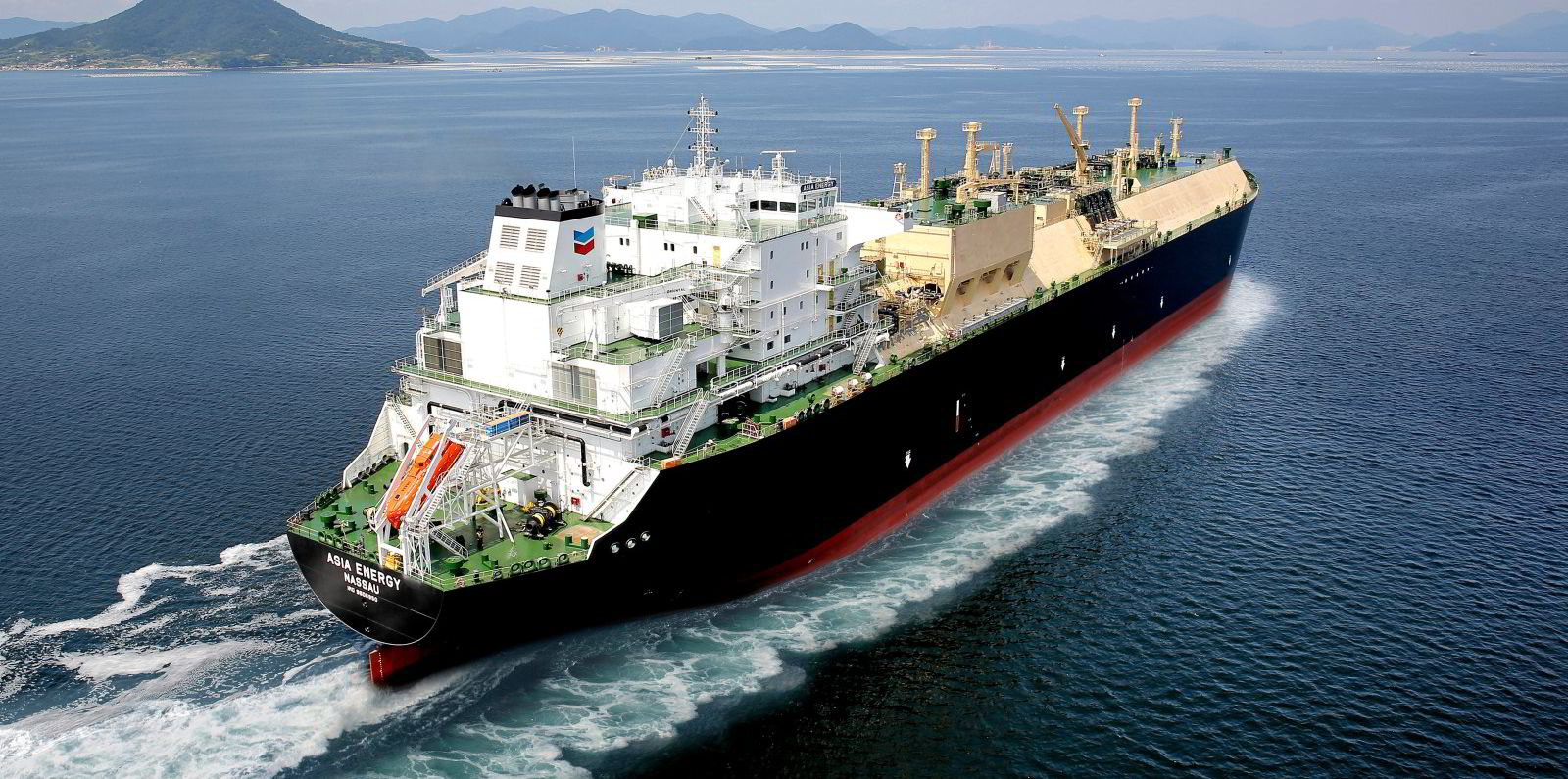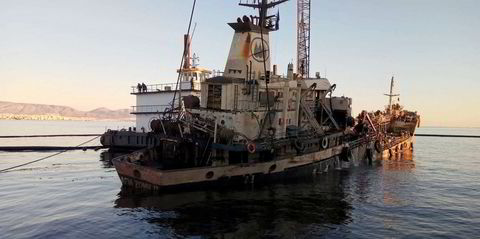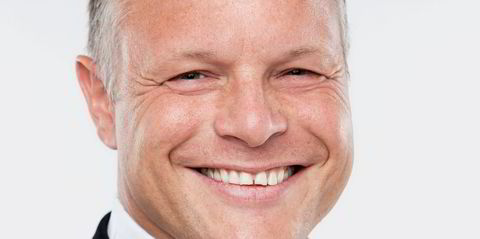Retrofitting multiple technologies at the same time is likely to prove the best results in cutting fuel consumption but is a complex business as ships vary so much and are often not built to facilitate upgrading.
Hapag-Lloyd has a programme to fit new propellers to 80 existing container ships as they go into drydock so that they will be more efficient at lower service speeds, and that also requires adding new bulbous bows at the same time, said the German liner group’s deputy head of strategic asset projects, Christoph Thiem.
Speaking in a webinar organised by Swedish marine equipment group Alfa Laval, Steen Sander Jacobsen, technical director, Njord, Maersk Tankers said a holistic approach to retrofitting ships had the best results.
“You have to look at the specific vessel, where it is traded, anything from water temperatures to wind and then design the right package of retrofits so they enable each other and become a viable financial solution for the shipowner,” he said.
Sometimes up to eight or nine technologies could be added at the same time said Karsten Borneman, head of sales, propeller & aft ship, Man Energy Solutions.
“A shipowner might say to us the first obvious thing is to upgrade a propeller and they say maybe later we will install a duct. But that is not a very wise decision as the duct will influence the propeller design so you have to take this holistic approach,” he said.
Shipyard space for retrofits is also likely to be limited in the next few years, Borneman warned.
James Helliwell, technology project engineer, Shell Shipping and Maritime, said it is also important to ensure newbuilds are optimised to be compatible with carbon cutting technologies.
“It would be really helpful if they had spare switchboard capacity, some additional space to run cables and piping that you need for this equipment. If we spend a bit more to add spare capacity then it will be a lot easier to retrofit these vessels in a few years’ time,” Helliwell said.
Vessel-specific issues could become even more complex in future years as the number of alternative fuels that ships could be operated on multiplies, he added. Fuel cells, for example, can only easily be retrofitted to vessels with electrical propulsion systems.
Borneman added some retrofit systems pay back quickly but some do not.
Helliwell said the right paint coatings and hull cleaning can produce the quickest payback on cutting fuel use and emissions.
Cleaning light fouling which is hardly visible can give a 20% reduction in fuel, said Allan Nygard Bertelsen, chief executive Hydro Hull Cleaning, while clearing hard fouling with barnacles can cut fuel use by 40% to 50%. The company has developed an in-water clearing system called Sea Badger.






